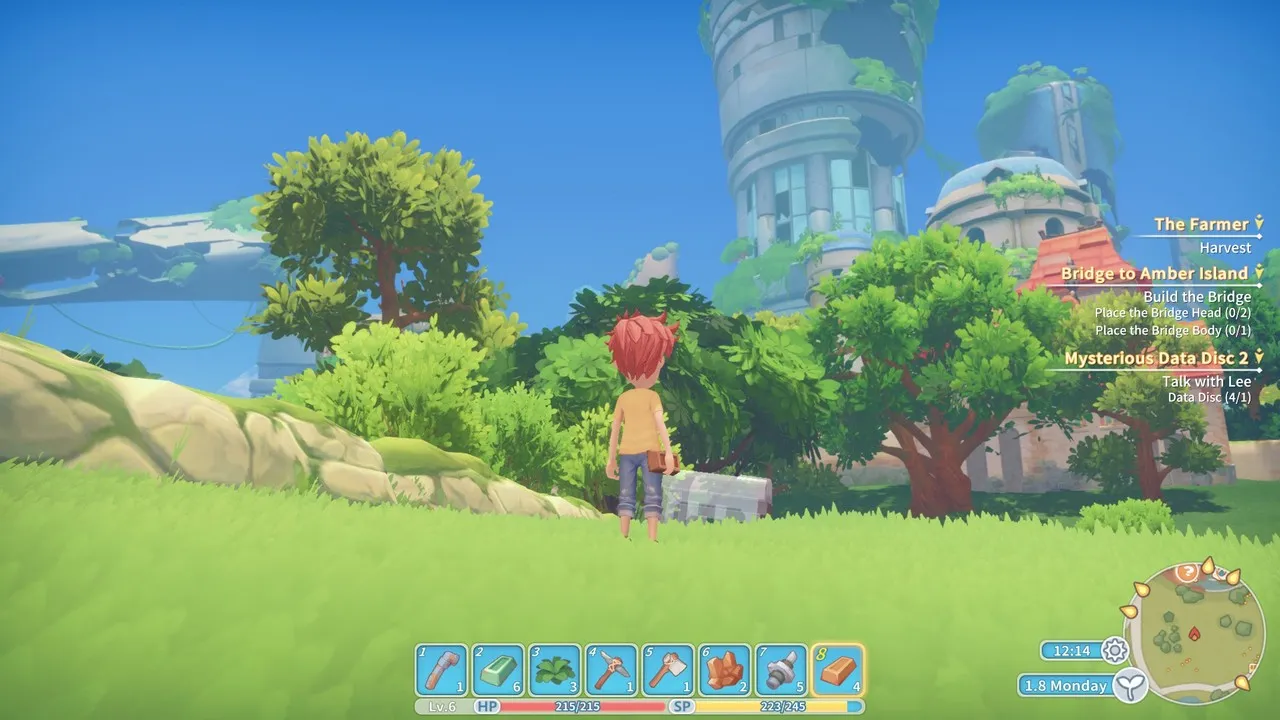
My Time At Portia: A Charming Simulation with Room to Grow
Contents
My Time At Portia, a 3D crafting and life simulation game, launched in early 2019 amidst a wave of indie titles flooding the Steam marketplace. While the transition from Steam Greenlight to Steam Direct resulted in a surge of games, many of questionable quality, My Time At Portia shines as a promising gem with the potential to captivate players seeking a tranquil and engaging experience. This review explores the game’s strengths, including its vibrant world and deep crafting mechanics, while also addressing some of its shortcomings, particularly the repetitive mine exploration.
A Peaceful Escape in a Vibrant World
 alt=A colorful screenshot of My Time At Portia showing the player character interacting with an NPC in a town square.
alt=A colorful screenshot of My Time At Portia showing the player character interacting with an NPC in a town square.
Stepping into My Time At Portia feels like entering a colorful dream. The player arrives in the picturesque town of Portia with the goal of rebuilding their deceased father’s workshop. Greeted by Presley, a representative of the town’s Commerce Guild, the player receives a brief introduction to Portia and embarks on their first task: earning a builder’s license.
The post-apocalyptic setting, surprisingly, features a bright and vibrant color palette rather than the typical dreary atmosphere. This aesthetic choice perfectly complements the game’s cartoonish character design, creating a visually appealing and relaxing experience. The soothing soundtrack further enhances the tranquil atmosphere, although some minor audio balancing issues occasionally cause character dialogue to be overshadowed by the background music.
Inspired by 2D farming and life simulations like Harvest Moon and Stardew Valley, My Time At Portia elevates the workshop-building aspect with its 3D graphics, allowing players to witness the tangible growth of their creation. The combination of vibrant visuals, calming music, and satisfying progression creates an immersive experience that can easily transport players away from the stresses of reality.
Deep Crafting Mechanics and Engaging Gameplay
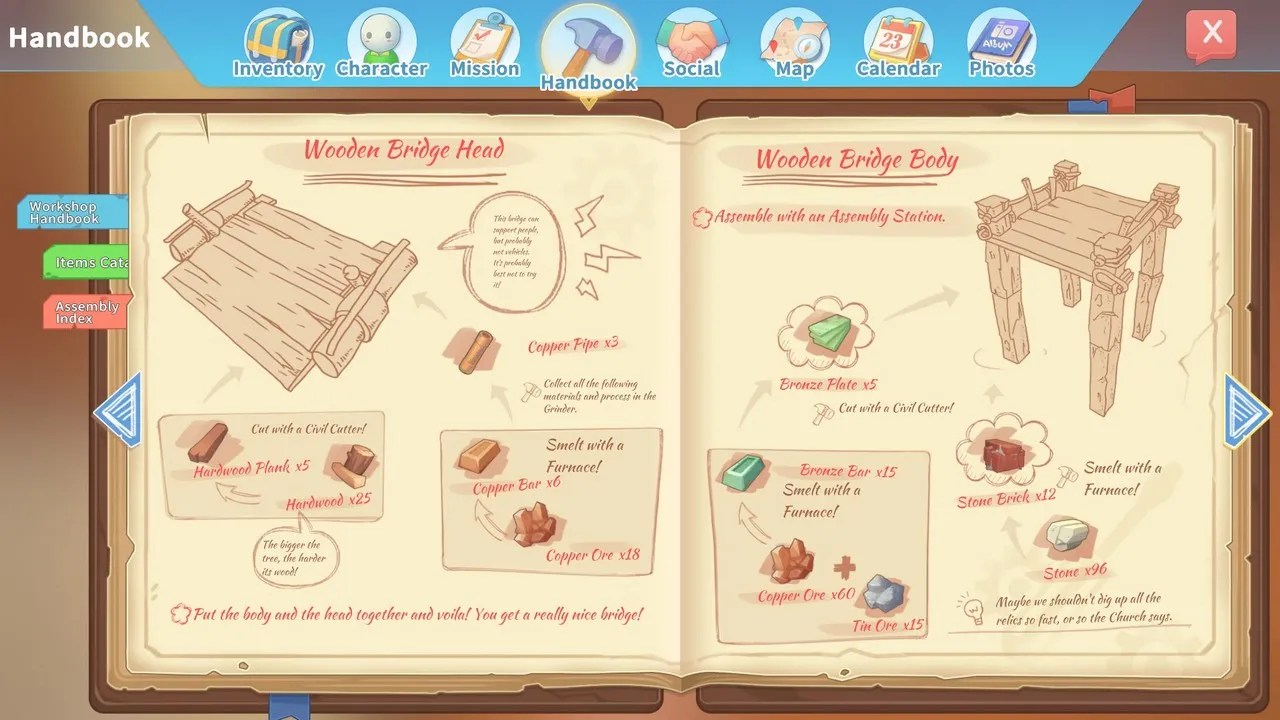 alt=My Time At Portia screenshot showing the player character engaging in combat.
alt=My Time At Portia screenshot showing the player character engaging in combat.
While My Time At Portia draws inspiration from Harvest Moon, the gameplay focuses more on crafting than farming. The player begins with a few inherited relics: a house, a basic crafting table, a workshop area, and a handbook containing blueprints for simple tools and machines.
The core gameplay loop revolves around accepting commissions from the Portia Commerce Guild. Completing these tasks within the given deadlines earns rewards and increases the player’s builder rank, unlocking more complex and lucrative commissions. A prime example of this progression is the early task of building a bridge to a nearby island. This seemingly simple task requires gathering resources, crafting a lumber mill, creating copper bars in a furnace, and building a metal rolling machine to produce the necessary components. This interconnected system of crafting requirements adds a significant layer of depth to the gameplay.
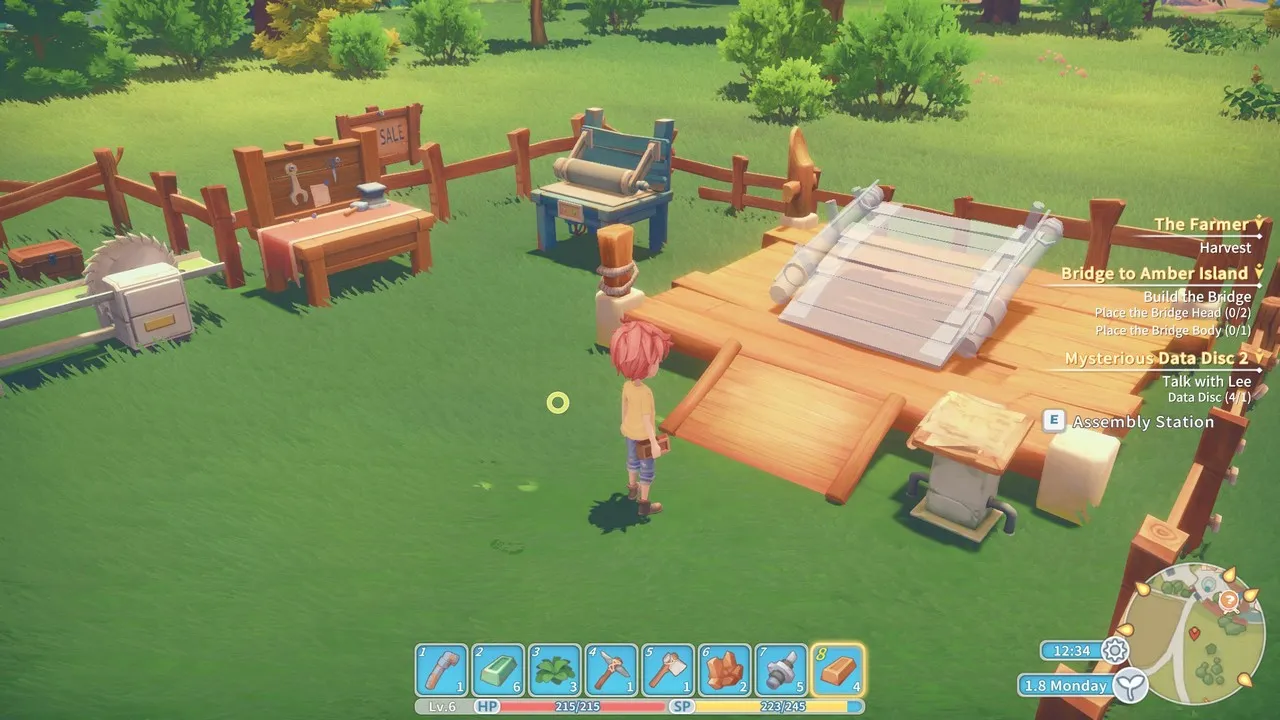 alt=My Time At Portia screenshot showing the player character in a mine.
alt=My Time At Portia screenshot showing the player character in a mine.
Crafting in My Time At Portia isn’t instantaneous; machines require time to process materials, demanding careful time management to meet deadlines. This necessitates a balance between gathering resources and operating machinery efficiently. The limited stamina system further adds to the strategic element, forcing players to prioritize their actions throughout the day.
Beyond crafting, My Time At Portia offers a rich social experience with a diverse cast of characters, each with unique designs and personalities. Players can participate in town festivals, forge friendships, engage in various activities, and even pursue romantic relationships. The weekly sermons at the church offer glimpses into the world’s pre-apocalyptic past, adding another layer of intrigue to the narrative.
Repetitive Mines and Optimization Issues
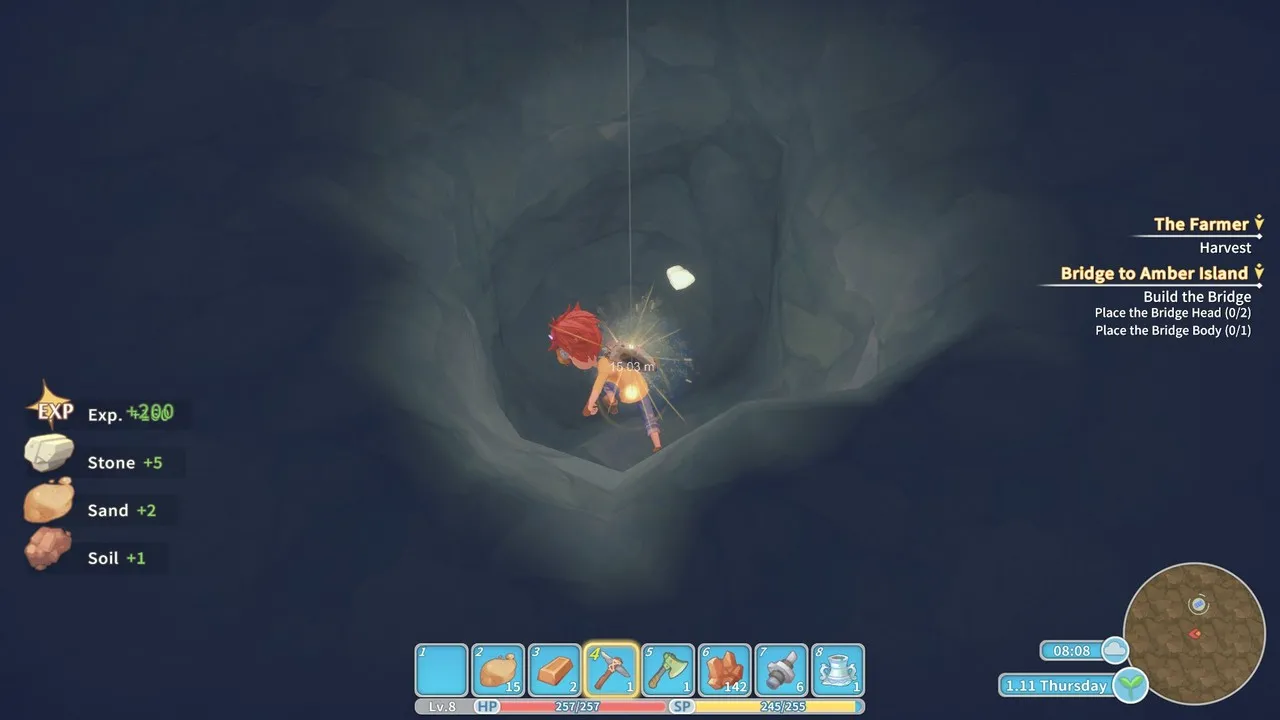 alt=My Time At Portia screenshot showing the environment of a mine.
alt=My Time At Portia screenshot showing the environment of a mine.
Despite its charming qualities, My Time At Portia suffers from some drawbacks. The mines, crucial for gathering essential metal ores, are disappointingly bland and repetitive. These underground areas lack distinct visual features and quickly become monotonous. While locating and excavating relics adds a slight element of interest, the clunky mechanic of switching between a detection visor and mining tools detracts from the experience. Combat within the mines also suffers from a lack of depth and enemy variety.
Furthermore, the game experiences occasional performance issues, including frame rate drops and freezes, regardless of system specifications. Minor bugs such as visual glitches and audio imbalances also detract from the overall polish. However, given the game’s scope and the developer’s ongoing updates, these issues are understandable and hopefully will be addressed in future patches.
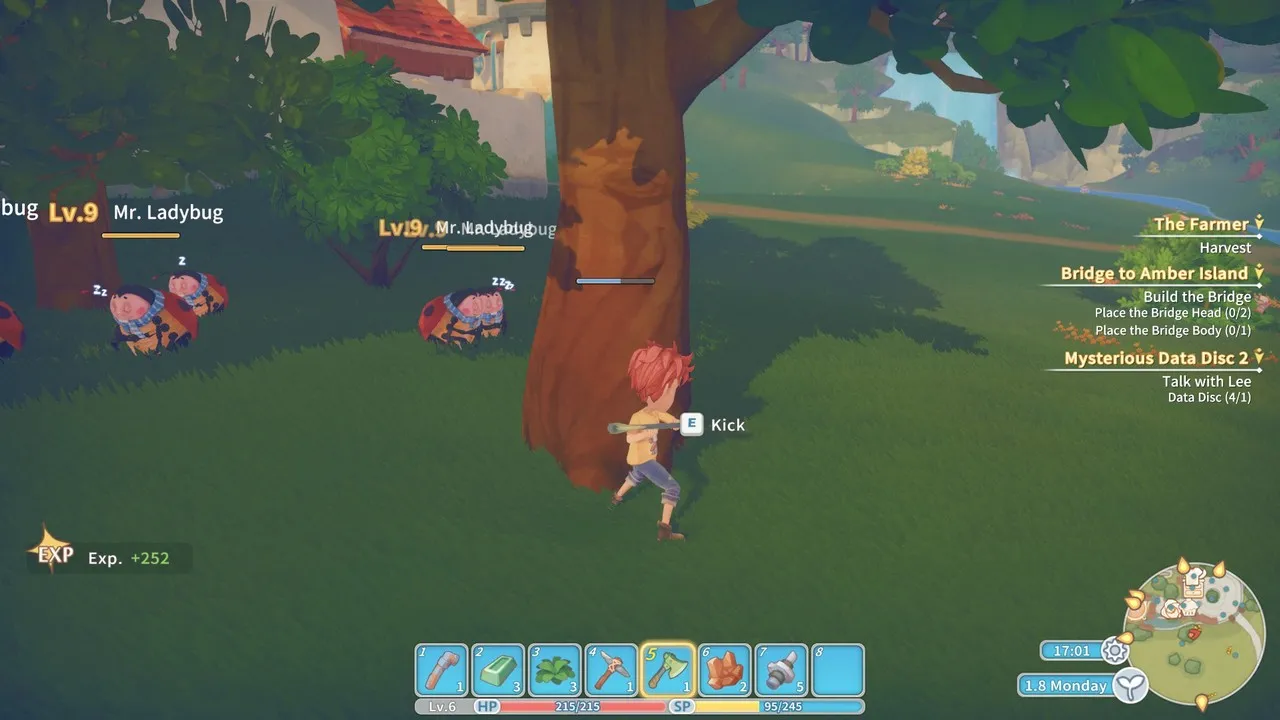 alt=My Time At Portia screenshot showcasing the player character's workshop.
alt=My Time At Portia screenshot showcasing the player character's workshop.
Conclusion
My Time At Portia offers a captivating blend of crafting, life simulation, and social interaction within a charming and vibrant world. While the repetitive mines and occasional technical issues hold it back somewhat, the deep crafting mechanics, engaging social elements, and continuous updates from Pathea Games make it a worthwhile experience for players seeking a relaxing and rewarding escape. Despite its flaws, My Time At Portia is a hidden gem that, with further refinement, could truly shine within the crowded simulation genre.
Game Information
- Developer: Pathea Games
- Publisher: Team 17 Digital Ltd
- Genre: Simulation
- Release Date: January 15, 2019
- Platform: PC
Minimum System Requirements
- OS: Windows 7+ / 8.1 / 10 64-bit
- CPU: Intel i3 Processor
- RAM: 6 GB
- GPU: ATI 7770, Nvidia GeForce GTX 660 2GB
- Storage: 6 GB
Tested System Specifications
- OS: Windows 10
- CPU: i7-7700HQ
- RAM: 16 GB
- GPU: GTX 1060 6GB
- Storage: SanDisk X400 M.2 2280 128GB





Comments (0)